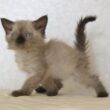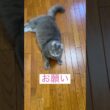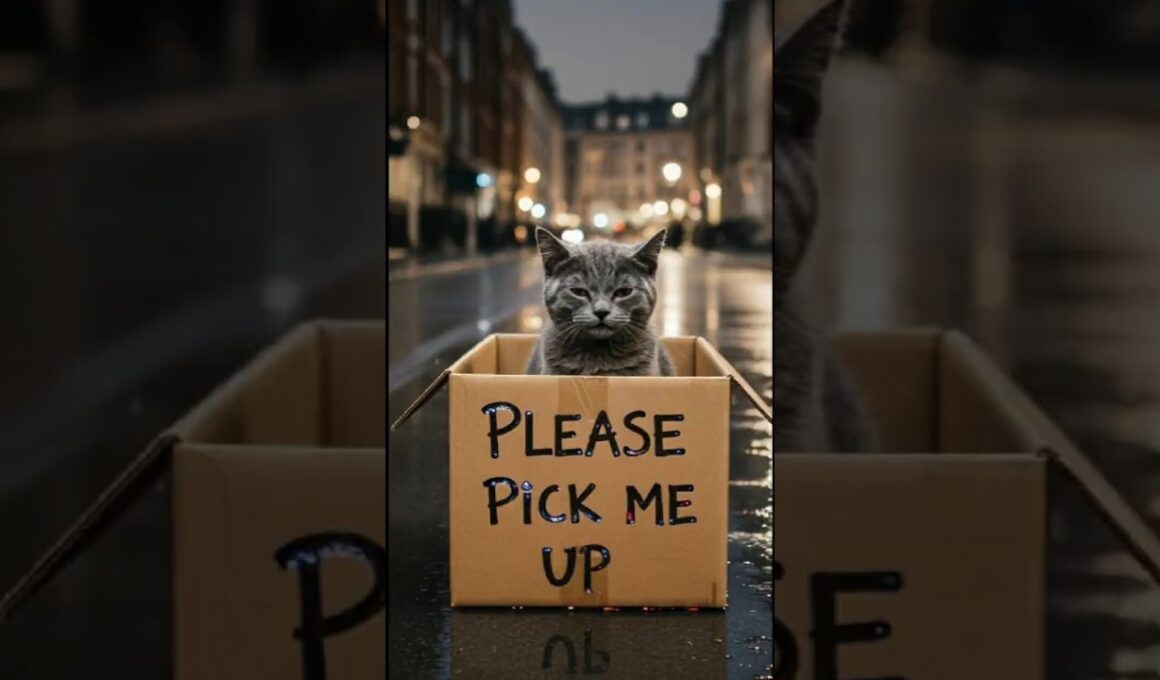誰か拾って#Hey Jude#猫動画#cat
人間って怖いの?と聞く黒い子猫に、ロシアンブルー猫が昔の思い出を話す。
今回の舞台は「霧のロンドン」
コナン・ドイルのシャーロック・ホームズ作品では、しばしば霧の立ちこめるロンドンを舞台にしています。
霧が濃くて街灯の光がぼんやり滲む街並みは、探偵小説独特のミステリアスな雰囲気を強調します。
特に「バスカヴィル家の犬」や「四つの署名」などでは、霧が「怪しい影」や「真実を覆い隠すベール」として描かれる場面が印象的です。
ホラー映画やミステリー映画でも、「霧のロンドン」というフレーズは、怪奇的・不気味な雰囲気を連想させるため、しばしばタイトルやキャッチコピーに使われています。
ビクトリア時代のロンドンといえば、霧とガス灯の下で繰り広げられる怪談や犯罪劇が定番です。
歴史的背景
19世紀のロンドンは、産業革命の影響でスモッグ(煤煙+霧)が深刻でした。
これが「ロンドン・フォッグ」と呼ばれ、文学や絵画にも強く影響を与えました。
1952年には「ロンドンスモッグ事件」と呼ばれる大気汚染災害も起きており、霧=ロンドンというイメージは歴史的事実とも結びついています。
ロンドンの場所
https://x.gd/cvq3r
When the little black kitten asked, “Are humans scary?” the Russian Blue cat began to share memories from the past.
This time, the stage is set in “Foggy London.”
In Sir Arthur Conan Doyle’s Sherlock Holmes stories, London often appears shrouded in mist. Streets where the thick fog blurs the glow of gas lamps emphasize the mysterious atmosphere unique to detective fiction.
In particular, works like The Hound of the Baskervilles and The Sign of Four feature memorable scenes where the fog is portrayed as a “suspicious shadow” or a “veil that conceals the truth.”
Even in horror and mystery films, the phrase “Foggy London” is frequently used in titles and taglines to evoke a sense of eeriness and the uncanny.
When one thinks of Victorian London, the classic image is ghost stories and crime dramas unfolding under the fog and gaslights.
Historical Background
In the 19th century, London suffered from severe smog (a mixture of smoke and fog) due to the Industrial Revolution. This phenomenon, known as the “London Fog,” had a strong influence on literature and painting.
In 1952, the Great Smog of London occurred, a catastrophic air pollution disaster. Thus, the association between fog and London is tied not only to imagination but also to historical fact.
Location of London
https://x.gd/cvq3r






🤮🤮🤮